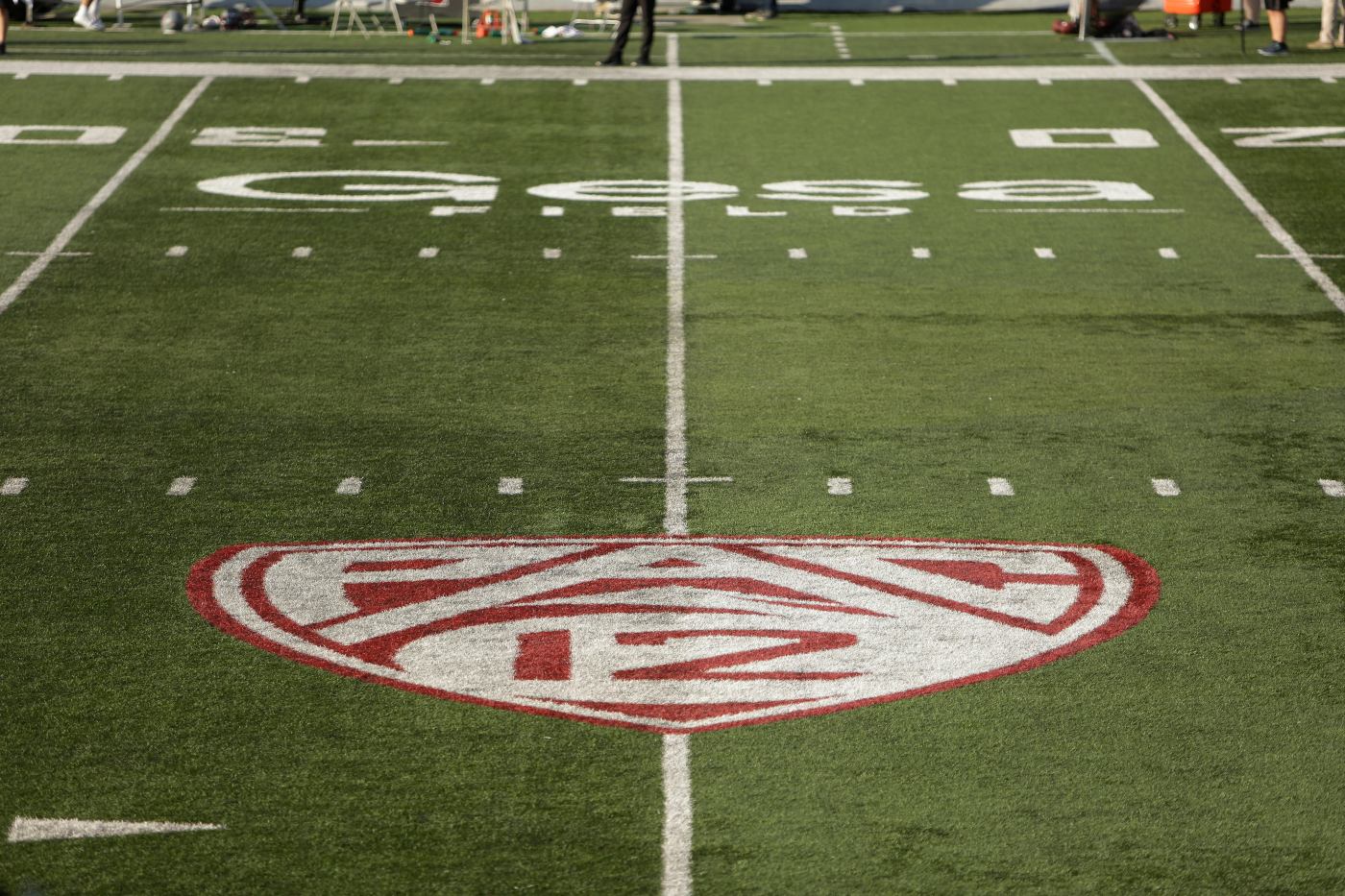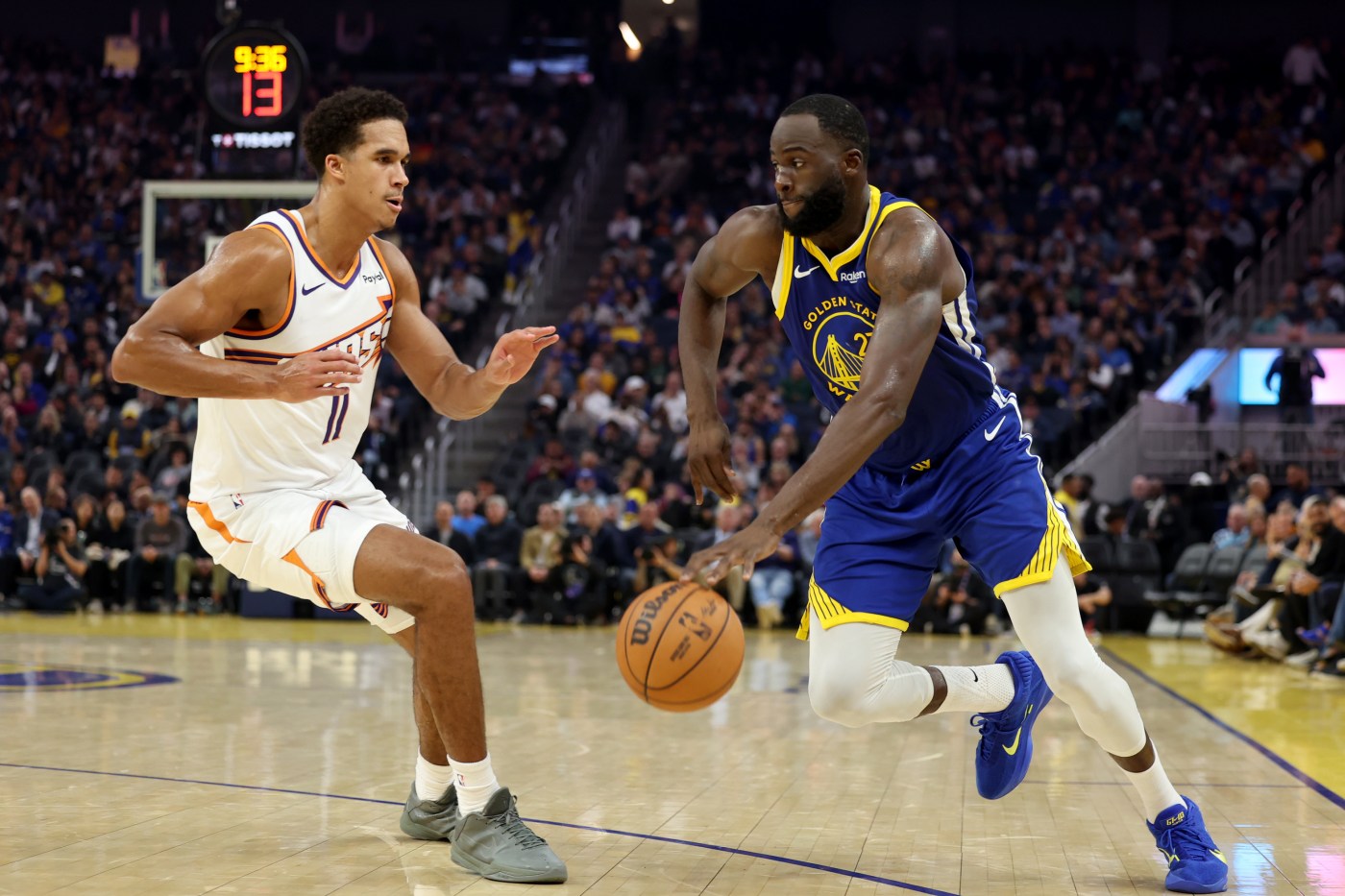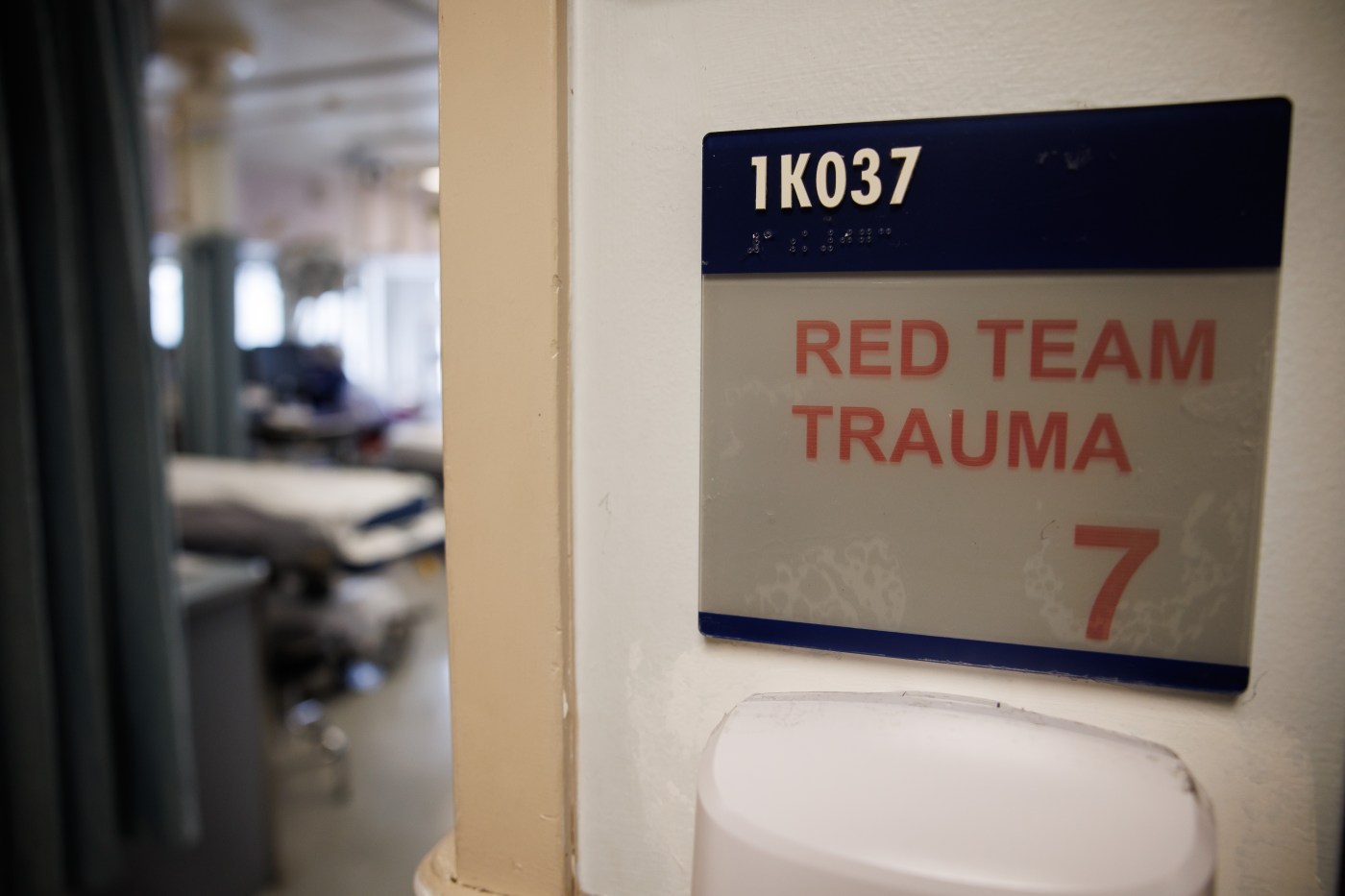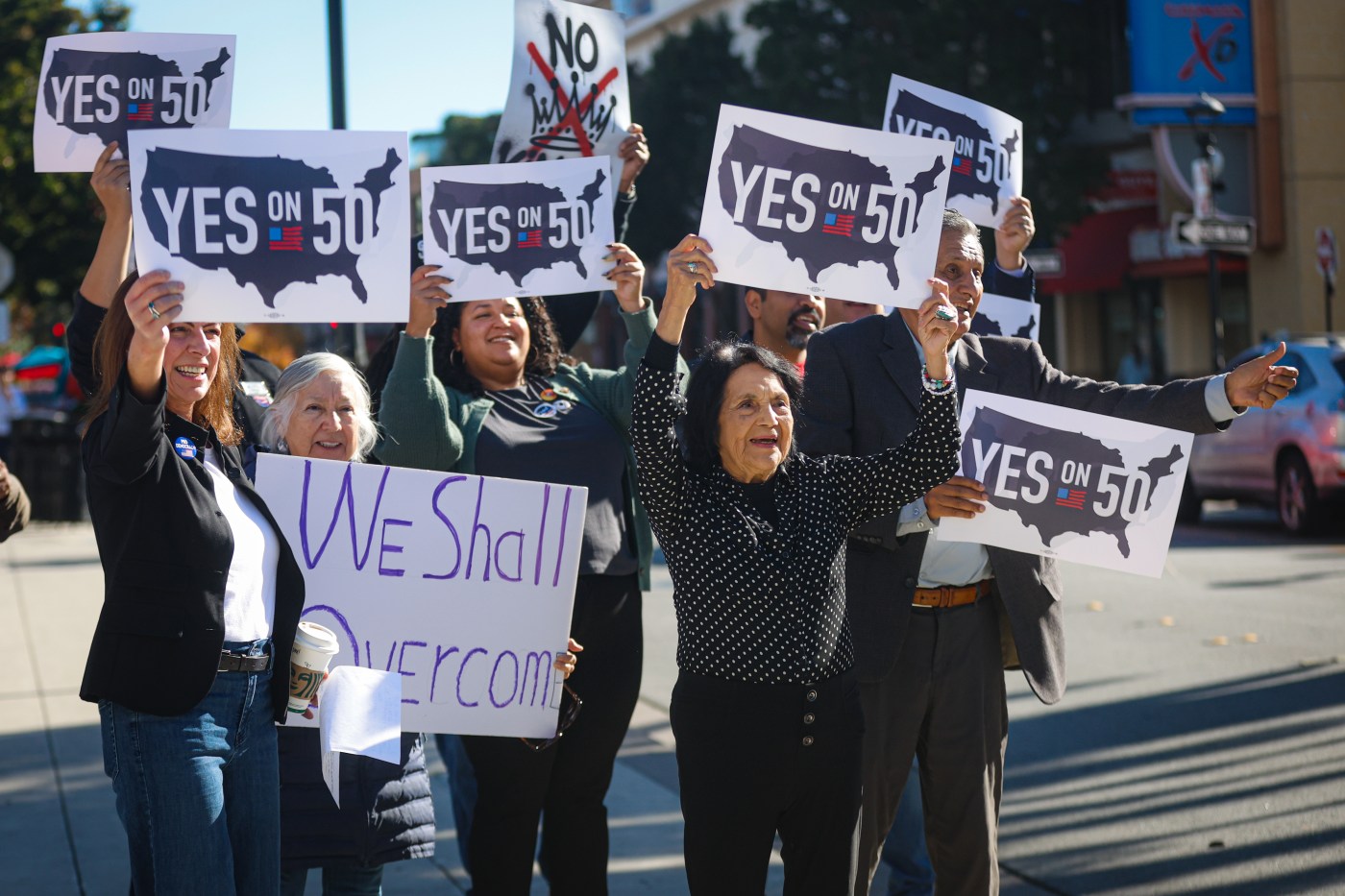The Hotline mailbag publishes weekly. Send questions to [email protected] and include ‘mailbag’ in the subject line. Or hit me on the social media platform X: @WilnerHotline
Some questions have been edited for clarity and brevity.
It has been said that the Pac-12 media rights agreement is complete, and a lot of information indicates Texas State is on board. Why is the conference making millions of fans wait for the slightest update about anything? The silence is deafening. — @tedmcgovern
Let’s turn this around and allow the Hotline to ask the question: Who is saying the agreement is complete?
Because if the answer is, “An account on X” (or another social media platform), I would urge caution. The Pac-12 and its consultant, Octagon, are holding the details quite close.
The Hotline has frequent communication with officials and administrators who have either first- or second-hand knowledge of the situation, and we are not aware of the media rights deal for the rebuilt conference being “complete.”
Remember, the Pac-12 is effectively working on three issues concurrently:
1) The media rights agreement for Washington State and Oregon State for the 2025 season.
2) The media rights deal for the rebuilt conference starting in 2026.
3) The membership issue, with at least one football-playing school to add.
(On that front, yes, Texas State is a candidate. In our view, the Bobcats should be the primary target.)
The longer-term media deal and the membership question are interconnected, in part because of the game inventory issue: How many football broadcasts are available in a given season?
The answer depends on the number of schools in the conference and the number of intra-conference games on the schedule.
It’s all interconnected and extremely complicated — seven-dimensional chess, effectively.
The other issue isn’t nearly as complex, but it’s vastly more time-sensitive: The media rights agreement for the Cougars and Beavers for the upcoming season, which begins in four months.
At this point, the Hotline fully expects the conference to announce the broadcast plan for 2025 sometime in the next two or three weeks, with that projected timeline based largely on precedent: Last spring, the Pac-12 announced on May 14 that it had reached an agreement with The CW and Fox to broadcast 13 home games for WSU and OSU.
There is no reason to believe the timing will be any different this year. The schools want to inform their fans of as many kickoff times as possible as soon as possible. They have tickets to sell, after all.
Once the broadcast lineup for 2025 is settled, the conference undoubtedly will attempt to finalize the long-haul media agreement.
The ’25 agreement features one sport, two schools and 13 games.
The ’26 deal involves multiple sports, at least nine schools and dozens of games.
The unresolved nature of the long-term agreement should be taken more as a sign of the complexity of the endeavor and not an absence of demand — or a desire to make fans wait any longer than needed for an announcement.
Which coaching staff in the last 20 years had the best group of coaches who turned out to be great head coaches? So not as they were then but as they are now. — @brockp949
It’s difficult to judge based on success the former assistants subsequently experienced as “great head coaches,” because there are so few great head coaches.
We prefer to evaluate staffs based on the number of assistants who became quality head coaches or elite coordinators.
On a regional front, USC’s staff under Pete Carroll included both Lane Kiffin and Steve Sarkisian for two years but lacked the depth necessary to be considered truly elite across the decades.
Instead, the Hotline would nominate the 2010 Stanford staff with Jim Harbaugh in his final season as head coach.
It featured:
— Offensive coordinator David Shaw, who would win two Rose Bowls as Stanford’s head coach.
— Assistant head coach Greg Roman, who became the brains behind the 49ers’ running game under Harbaugh and the Ravens’ groundbreaking offensive scheme with quarterback Lamar Jackson.
— Defensive coordinator Vic Fangio, who followed Harbaugh to the 49ers, spent three years as the Broncos’ head coach, oversees the Eagles’ Super Bowl-winning defense and is considered one of the best coordinators in NFL history.
— Several other assistants who became college coaches or NFL coordinators (e.g., Pep Hamilton, Brian Polian and Derek Mason).
As for the best college staff anywhere, any time, the answer is clear and obvious: Alabama in 2015.
The man in charge, Nick Saban, is arguably the greatest college coach of all-time.
His offensive coordinator, Lane Kiffin, has proven at multiple stops to be a high-level head coach.
His defensive coordinator, Kirby Smart, has won two national titles at Georgia.
His offensive line coach, Mario Cristobal, is a quality head coach (Oregon and Miami).
His receivers coach, Billy Napier, won big at Louisiana and is now coaching in the SEC (Florida).
His defensive backs coach, Mel Tucker, became a head coach in the Pac-12 (Colorado) and Big Ten (Michigan State) before personal issues derailed his career.
His linebackers coach, Tosh Lupoi, is now Oregon’s defensive coordinator.
And his graduate assistant, Dan Lanning, just led the Ducks to the Big Ten championship.
It’s quite possibly the best college coaching staff ever assembled.
What are the odds the House vs. NCAA settlement falls apart over the roster limits? Do you think it will go to trial or do you see them working out the roster limits issue? — @BeckyGoHuskies
If you missed the news, U.S. District Judge Claudia Wilken issued an ultimatum to the defendants this week, telling the NCAA and the Power Five conferences that their plan to reduce roster limits must be amended. Or she won’t approve the multi-billion dollar settlement.
Wilken believes increasing scholarships while lowering the total number of roster spots should be phased in over a period of years, not executed in a single sweep this spring that leaves walk-ons without a home.
The NCAA declined to follow her suggestion after the approval hearing April 7, so she doubled down with an order Wednesday that read, in part:
“Those class members will be harmed because their roster spot will be or has been taken away as a result of the immediate implementation of the settlement agreement … Any disruption that may occur is a problem of Defendants’ and NCAA members schools’ own making.”
The NCAA has no choice but to follow her order, because the alternative — a court trial — is untenable. It likely would result in the NCAA losing far more than the current settlement figure for the damages portion ($2.8 billion).
Also, the schools need clarity on the injunctive portion, which features a revenue-sharing model that starts at $20.5 million for the upcoming fiscal year.
Anything is possible with the NCAA, especially the worst-case scenario. But the likelihood of the appropriate changes being made and Wilken granting approval is above 90 percent, because the alternative is apocalyptic.
What’s your overall impression of this year’s transfer portal activity? Has it been more or less eye opening than last year? — @MrEd315
Roughly 2,500 men’s basketball players entered the transfer portal this spring while 3,700 football players (approximately) went into the portal in the two windows (winter and spring).
Those figures are both eye-opening and entirely predictable.
The money available through NIL deals this offseason, particularly for top-tier players, is off the charts. At the urging of the schools, collectives are rushing to sign players before the NCAA vs. House settlement is approved, revenue sharing takes hold and NIL deals become subject to a fair-market-value clearinghouse.
For context, consider that 2,800 football players entered the portal in 2023-24, so the yearly increase works out to 32 percent.
Our strong suspicion is the numbers will decrease next year, assuming House is approved and provides structure for the NIL marketplace through the clearinghouse.
With the constant transferring in college football, will players (especially quarterbacks) be less prepared for the NFL since they are not getting consistent development? — @Wazzucoug1996
That’s a reasonable view, but the (admittedly small) sample size indicates scenery changes aren’t undermining development.
Eight quarterbacks were selected in the first round of the 2024-25 drafts: Caleb Williams, Drake Maye, Jayden Daniels, J.J. McCarthy, Bo Nix, Michael Penix Jr., Cam Ward and Jaxson Dart.
Only Maye and McCarthy did not transfer at least once.
And the quarterbacks most likely to be selected next in the ’25 draft, Shedeur Sanders, Will Howard and Tyler Shough, also changed schools. (Shough played for three: Oregon, Texas Tech and Louisville.)
The demand for elite quarterbacks is such that teams are willing to take chances on players with the requisite talent, even if their skill sets aren’t fully developed because of changes (in coaching or schemes) created by movement into the transfer portal.
Is Rice a viable option for the revived Pac-12? The Owls would be a travel option for Texas State, offer a toehold into the Houston market, have recent bowl bids, and an endowment of nearly $8 billion. — @MarcSheehan006
Rice makes sense for the Pac-12 in every regard except the competitive requirement.
The Owls haven’t posted a winning season since 2014 and haven’t been relevant nationally since the 1950s. They are located in Houston but don’t come close to having relevance in the market.
It’s difficult, although not impossible to believe the Owls would be on the Pac-12’s short list of expansion candidates.
It must add one football-playing member. But beyond that, the conference should carefully weigh the diminishing-returns component.
Is a travel partner important enough to invite schools that won’t make the collective stronger?
Did Oregon’s offseason “natty” streak just end? — @socalsalty
For years, the Ducks have been one of the most successful programs in the country from January through August, largely due to their stellar talent acquisition skills.
We assume the question refers to a series of recruiting blows, the latest being five-star offensive lineman Kodi Greene flipping from Oregon to Washington.
Upon revealing his decision, Greene, who grew up in Seattle, instantly became UW coach Jedd Fisch’s signature recruit.
And when combined with previous de-commitments by quarterback Jonas Williams and Greene’s teammate, Tomuhini Topui — both four-star prospects are now pledged to USC — the Greene development seemingly suggests the Ducks’ grip on the best West Coast players is loosening.
At this point, Oregon’s 2026 recruiting class is No. 17 nationally in the 247Sports database. But the Ducks cleaned up in the 2024-25 cycle, and we suspect they will secure another stellar class next winter.
With all the crazy NIL activity going on around the college landscape, has it trickled down even to the community college level? Was wondering about this because California has over 100 junior colleges and loads of transfers to four-year schools. — Stan P
Junior colleges aren’t part of the NCAA; they are operated by a separate organization, the National Junior College Athletic Association. However, NJCAA athletes are eligible for NIL compensation … if they can generate interest within the local business community.
Related Articles
CFB recruiting: Washington flips 5-star Greene from Oregon, lands QB
NCAA transfer portal winners (BYU, Utah) and losers (Arizona, USC)
Cal GM Ron Rivera makes it clear who’s in charge of football
NFL Draft preview: Cam Ward or Shedeur Sanders? And keep an eye on linemen
Big Ten QB rankings: Where Iamaleava fits among Allar, Sayin, Moore, others
Now, if your question is specific to whether four-year football and basketball programs are using their NIL collectives to attract the top junior college athletes, yes, they do.
Pay-for-play has been a part of the junior college recruiting process (legal and otherwise) for eons.
Granted, that market isn’t as strong. You don’t usually see Power Four football programs offering $1 million (or more) for the best JC transfers. But in certain cases, there is substantial cash involved in the recruiting process.
Did you cover the news when former Cal chancellor Carol Christ gave athletic director Jim Knowlton such a long extension? How was the decision viewed then vs. now? — @MrWarren_Bell
Christ signed Knowlton’s extension in the fall of 2021, and it expires in the spring of 2029.
That’s right, he received an eight-year deal from the university.
The move constituted a golden goose served on a silver platter encrusted with diamonds, for Knowlton had done nothing to that point to warrant the immense commitment.
And that remains the case. His stewardship of Cal’s two major sports has been mediocre, at best.
He whiffed on the Mark Fox hire (men’s basketball), was ill-prepared for conference realignment — Christ shares the blame for that — and has not met the necessary standard for football oversight.
That last comment isn’t our opinion, by the way.
Chancellor Rich Lyons is obviously not thrilled with the situation because he hired Ron Rivera as general manager and gave him authority over every facet of the program (although coach Justin Wilcox technically reports to Knowlton).
Whether Knowlton serves out the remainder of his contract is anyone’s guess.
He probably won’t walk away from the roughly $4 million remaining on his contract, and Cal isn’t likely to fire him without cause and swallow the buyout. But without control of football, he’s severely marginalized.
It’s a tough spot for all involved that can be traced to Christ’s decision coming out of the pandemic.
*** Send suggestions, comments and tips (confidentiality guaranteed) to [email protected] or call 408-920-5716
*** Follow me on the social media platform X: @WilnerHotline





